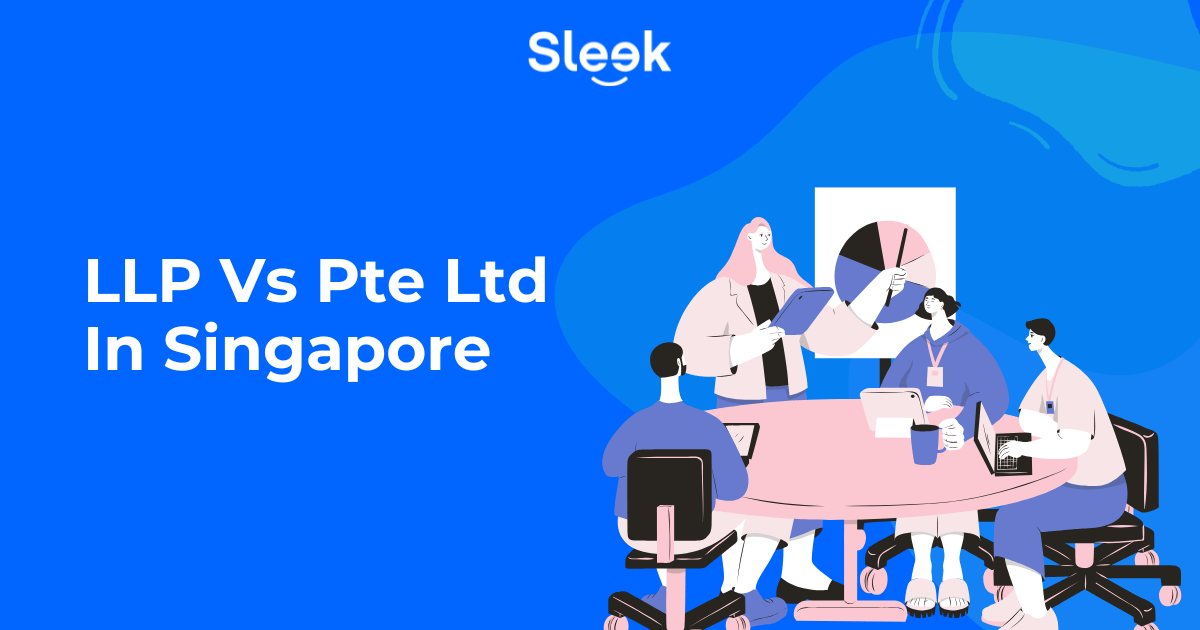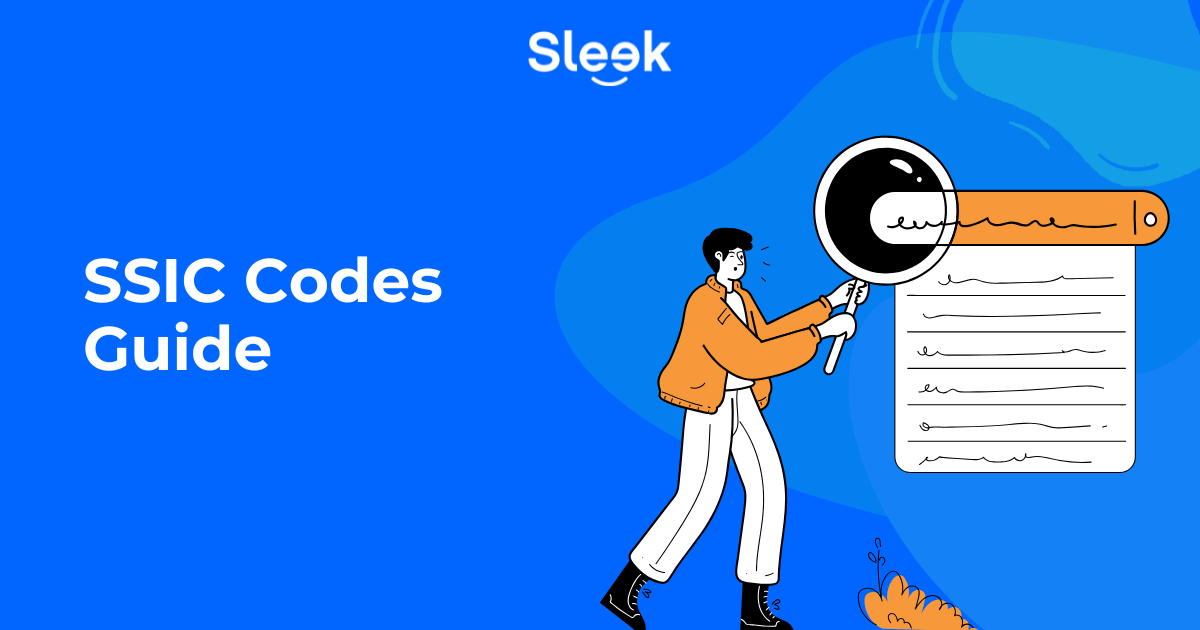Web3 will change the way you do business. This is how.
7 min read
NFTs, blockchain, and crypto, oh my! You’ve heard all the buzzwords related to Web3, but do you actually know the practical uses? And what does it all mean for your business in the day-to-day?
You’re living through history with the revolution of the web happening as we speak, and we want to equip you with the knowledge you need to succeed. The first step is to understand the different iterations of the web, how businesses have functioned in each, and how that will change in the next decade with Web3.
Overview:
What on Earth is Web3?
Web3, or Web 3.0, is essentially the third iteration of the internet. While we’re in Web 2.0 now, there are parts of Web 1.0 that are still used today. Similarly, Web3 will build upon the structures and facilities that exist in Web 1.0 and 2.0 and elevate the way the world interacts online. The arrival of Web3 revolves around new technology that supports virtual reality, cryptocurrency, artificial intelligence, digital ledgers, and ultimately decentralization.
The concepts behind Web3 can be a bit nebulous, so we’re here to put it all into practical terms and demystify what it means for your business. Let’s start with a recap of the web as we know it.
Web 1.0
Web 1.0 was the first stage of the world wide web that set up the infrastructure for today’s internet. Many sites were read-only, and the few content creators that existed used personal sites for the sole purpose of providing 1-way information for those seeking that information. They also digitized existing print media for easier access. The growing library of information was hyperlinked together through text and photos.
Remember these sites?

Web 2.0
During the early ‘00s, the internet introduced interactive elements, inviting the general population to add to the information previously only externally provided. Websites weren’t as static as previous years, and the amount of content creators ballooned to include the general population, including business owners like you.
Now businesses can create personalized websites and integrate elements like chatbots and social sharing. Websites no longer act as the primary source of information. Consumers have started favoring centralized apps like Facebook, Instagram, LinkedIn, Twitter, and other channels, so businesses started reaching out to customers there too.
Pro tip: centralized refers to data that is stored in one physical location like a mainframe. Similar to a computer’s motherboard, this is what keeps the system running smoothly. A centralized system holds, manages, and updates all the information in one place.
Businesses now digitize not only static information, but all information, internal and external, and stored on centralized servers. You as a business owner would use online tools for everything from data storage (Dropbox, Google, iCloud) to CRM (Hubspot, Pipedrive) to accounting (Xero, Quickbooks), and beyond. Businesses advertise their services to specific users who are pinpointed with data that has been mined by big tech companies like Meta (previously known as Facebook) and Google.
Web 3.0
The newest iteration of the web has all aspects of business conducted online. Web 1.0 and Web 2.0 still exist; Web 3.0 is simply another layer on top of it. The main kicker here is that Web3 puts the end user first. This is achieved through the use of crypto wallets, and more importantly, blockchain technology that allows full decentralization of data storage and processing.
Finance reimagined with Web3
One scenario you undoubtedly experience as a business is transferring money. Whether it’s collecting from clients or paying your vendors, transactions in Web 3.0 are much different from Web 2.0. Say you’re completing a SWIFT bank transfer to your vendor abroad. The transaction takes 3-5 days to clear, with bank fees on either side due to currency conversions, interbank rates, and processing fees. If using cryptocurrency, your payments are confirmed within seconds with negligible fees, allowing you to conduct business at a fraction of the cost.
Power to the users
There’s more access and power over data for end users, rather than just big tech like Google, Amazon, and Meta. No more data mining, as individual privacy is at the forefront. With data privacy abuse running rampant in big tech, there is a shift in how the everyday internet user interacts with the web, as well as an overall reclamation of personal data.
How business models will change
Practically, this means savvy businesses will begin to use digital ledger technology (DLT) such as blockchain for internal processes.
Pro tip: Blockchain is a type of DLT. Similar to how most people call a plastic bag with a zip a “Ziploc” bag – even though it’s only one brand of plastic bag – most people use “blockchain” to describe DLT. The two are often used interchangeably.
One useful analogy to understand DLT is to think of Google Docs. The document can be accessed by those it is shared with. It can be edited simultaneously from various locations, with all users’ changes reflected at once. There is no fear of overwriting data. If there is a mistake or if all the words are deleted, then you can view the trail of previous information to pinpoint when it went wrong.
DLT, like blockchain, stores traceable, transparent data. Currently most businesses use apps and servers that have their data centralized. This means the data is housed in 1 physical location like a mainframe. Whereas, Web3 data can be stored in ledgers that are easily accessed from any device and inspected if any discrepancies appear. Centralized data is more prone to attacks because it is housed and managed within one system. If that central system is hacked, it can lead to deep global damage in terms of client data, company finances, brand reputation, and so on.
Web3 allows for systems to be housed independently from other systems in other locations, meaning cyber attack damage could be contained rather than affecting all the information at once.
Enhanced customer trust
Businesses that adopt Web3 technologies will be at the forefront of customer trust, as they will be able to offer transparency and encryption like never before. We see this now with the likes of multi-factor authentication that makes it more difficult for accounts to be hacked.
For businesses, onboarding new users can be a breeze with Web3. With DTL, your clients can have access to your platform easily. One real-life example: you can now sign in to many platforms using your Google login information; this option makes life simple, but Google then uses your browsing data. Clients on Web3, however, can use their crypto wallets to login to your site or service platform. They can rest easy knowing that their personal information is with them rather than being collected or stored by Google.

Get a free consultation on the best way to set up your business
Got questions about getting started? Get them all answered with a free consultation on business structure and compliance in Singapore.
What are the downsides of Web3?
It’s where Web 2.0 meets Web 3.0 that people are more prone to hacks.
The rise and risks of exchanges
For example, blockchain powers Bitcoin, making Bitcoin itself ultra secure. However, if you store your Bitcoin in an “exchange”, it is in danger if that exchange is hacked. Exchanges themselves are often centralized, and centralized companies with even the most sophisticated security can be hacked. One prime example is Binance, which was hacked for USD $40million in 2019.
Pro tip: Exchanges are companies like Binance and Coinbase that hold your cryptocurrency for you. They supply an alternative to owning your own crypto wallet. You can exchange real world currencies to cryptocurrency and transfer money peer-to-peer.
Beware of scams
As Web3 becomes more mainstream (which will happen much faster than the earlier web iterations), eager investors with little practical knowledge of this new tech may put their trust in the wrong hands. That’s where “rug pulls” happen, including when a developer creates a project, gathers investors, and then dumps the project to cash out.
If you do business on Web3, scammers may also try to gain access to your crypto wallets through schemes that make you unknowingly surrender your private keys (a sort of password to your online wallet).
Client alienation
With the trepidation many people have toward adopting crypto wallets or joining crypto exchanges, there is the possibility of alienating some of your current clients who may hesitate to join Web3. Existing businesses will likely have to take a hybrid approach and add Web3 framework to their current processes, whereas new businesses could effectively start out on Web3.
Mixed regulations
It’s also good to note that governments around the world take very different approaches to regulating and taxing crypto. This may be cause for confusion for you later down the line, especially for international businesses.
The future is here for businesses
Web3 is exciting to say the least. Previously uncharted territory is becoming reality, and it doesn’t all revolve around the metaverse and NFTs. Businesses ready to ride the Web3 wave and will definitely benefit from the huge opportunities that will arise from this emerging trend. Ready to start your digitization journey? Sleek is here to help!









